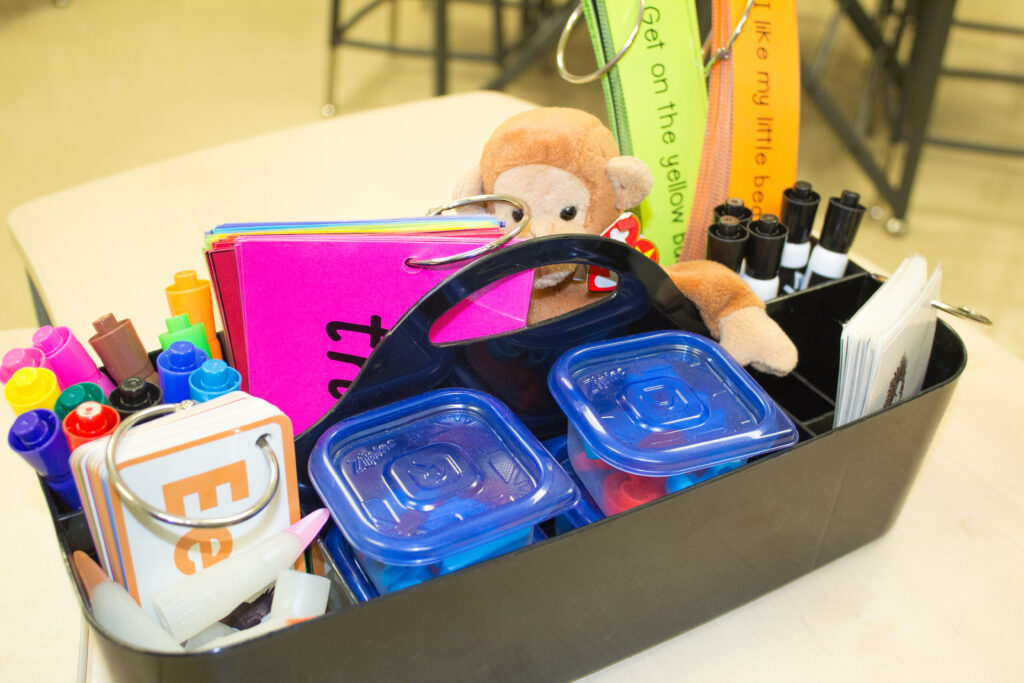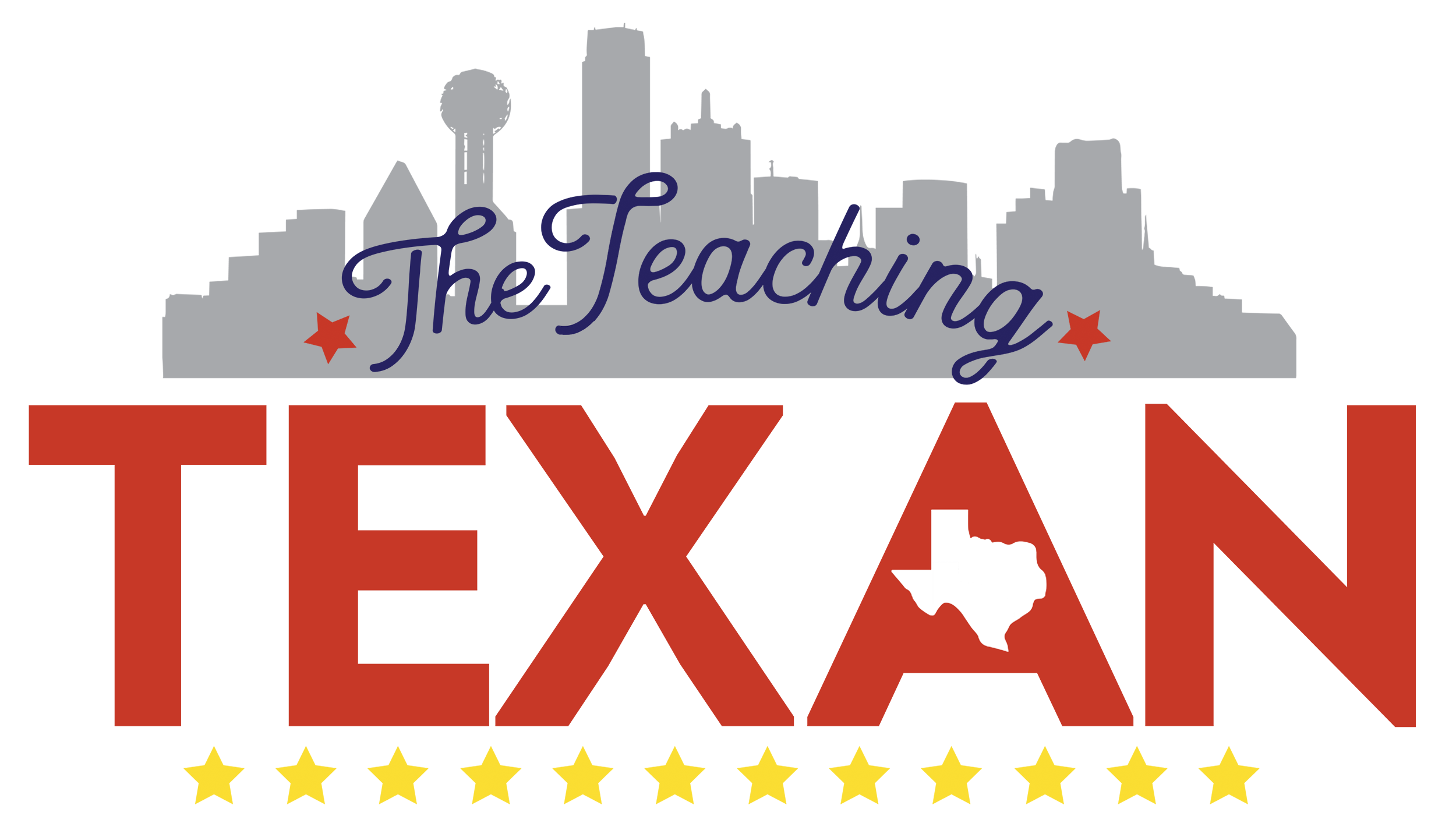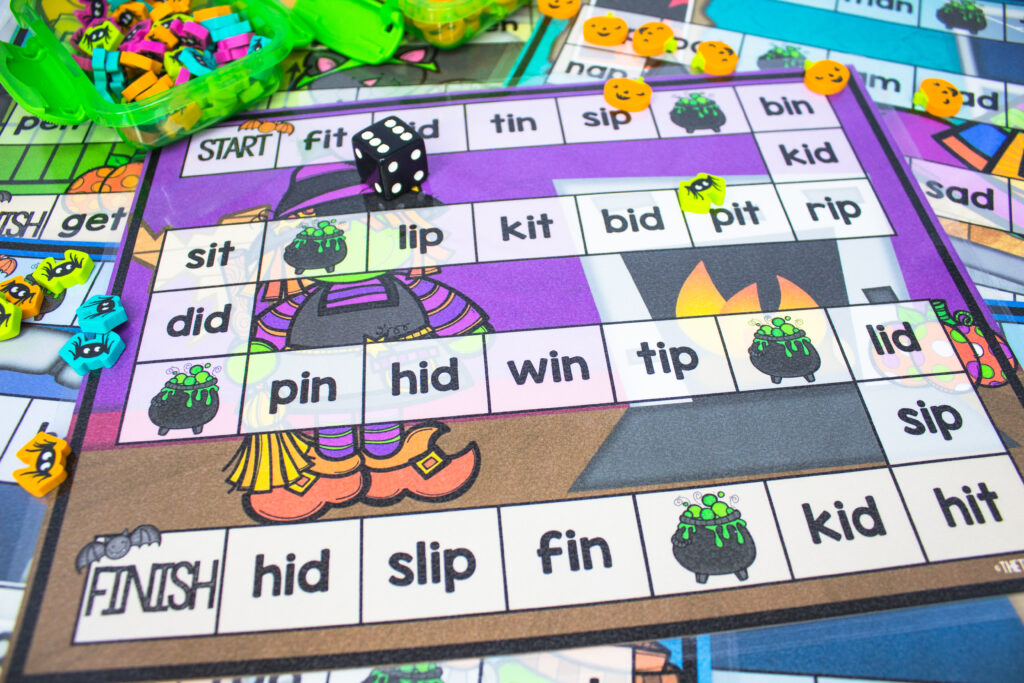How To: Guided Reading Instruction, Organization, and More in a Nutshell
We’re diving head first into this school year with a comprehensive literacy series focused on, you guessed it from the title — GUIDED READING. I am thrilled to share with you all what’s widely known as a balanced approach to literacy instruction. The series will focus on reading, not writing, how to find individual time with all of your students, teach and train them in accessible ways, and guide them to independent reading on their own!

I love This Reading Mama’s post on the topic. She breaks it down like this:
Balanced literacy includes balancing these 3 important components when teaching:
1. Teacher MODELS (I do)
2. Teacher SUPPORTS learners as they practice it (we do)
3. Learners WORK INDEPENDENTLY (you do)
~ This Reading Mama
Instruction: Framing Reading as Fun and Accessible
We know that our students arrive to our classrooms at all different reading levels, and that meeting them where they are instead of expecting them to be somewhere else, is essential to building their confidence and helping them gain literacy skills. Knowing each student individually requires one-on-one time. Personally, I love guided reading time. It’s a perfect time for me to get to know students individually, which not only helps them get better reading instruction but also allows me to teach them in groups and in other subjects more effectively as well.

Plus, if students come to see this time as special one-on-one time with you as a teacher, they’ll learn to love it too. Use the time to help students feel smart and successful, helping reading become more and more accessible (especially for our struggling friends).
Turn sight word learning into a fun game. I love putting these Fry words on a ring and seeing how many and how quickly students can recognize them. If students compete with themselves, instead of others, they can see their growth over time. (ex: “Last week you only knew 10 of these and now you know 15! Good job!”)
Or change up the fun with seasonal options like these Back to School, Halloween-themed or Winter (it’ll be here soon enough!) literacy centers. I love using seasonal literacy centers for students working both individually and in groups.
And speaking of switching it up seasonally, I know that planning can be one of the BIGGEST challenges in guided reading. How can you fit everything in and, most importantly, how can you use the little time you do have efficiently? I offer you the book that saved my life when it comes to actually planning for small groups: “The Next Steps Forward in Guided Reading” by Jan Richardson. It’s seriously genius.
Organization: Create a Schedule
Every teacher wants to make sure each student gets the individual guided reading time they deserve but oh my goodness what a scheduling challenge! Don’t despair. We’ll walk through it together.
First thing to consider is what is expected from you. Does your administration have a specific amount of individual reading time they want for each student? Or do you have the flexibility to manage your own schedule? Trying to meet with students every day can be pretty difficult, but it can definitely be done! I try to meet with students AT LEAST every other day (so they get individual time at least twice a week). If they’re early on in their reading journey and having some of their own challenges, I’ll make meeting with them every day a priority for at least a few minutes. Trust your teacher gut here — you know how much individual students need you and be open to the idea that this may change throughout the year.
Getting organized is key and it’s two-sided. You need to be organized and tracking progress as a teacher PLUS students should have their own way to see improvement and progress. Lucky for you I’ve already done all the work! My guided reading binder and organizational toolkit plus the accessible and brightly colored student version are great tools to ensure your tracking, scheduling and progress are all working together!
Remember also that you can pull students for reading throughout the day, you’re not restricted to “Literacy” time. Depending on what group activity is happening in your room, students may be able to work on their own for 10 minutes and you can snag one-on-one time with a particular kiddo.
Plus, keep in mind other times during the day you may be able to quickly meet with students: as they come in during the morning or early finishers. Making the most of these otherwise “forgotten” moments throughout the day will help you integrate guided reading time seamlessly and ensure that each student gets the individual attention they need and deserve.
And MORE: Grouping Students and Behavior Management
Another challenge in guided reading is making sure students are grouped correctly with their peers. My Guided Reading Toolkit includes assessment forms to help get kids in the appropriate reading level group.
And once students are grouped correctly, you can maximize your time by working both individually AND in small groups with students who have similar needs. Whether that’s fluency work, sight word practice, similar reading level or a different literacy strategy, small groups are another wonderful way to maximize your guided reading time and efficacy. I find it’s best to create fluid groups — students shouldn’t stay with the same peers throughout the year. Give them a chance to move groups and work with others as they progress individually. Or consider grouping students of different reading levels together who have a shared interest by creating a book club for a few weeks.
If you have an organizational system like the one below (y’all know how I love lamination and velcro!) then it’s quick and simple to rearrange groups as needed after reviewing your notes from the previous session.

Another concern I hear a lot is behavior management. How does the rest of the class stay under control while you work with just one or a few students? This can be a challenge I know. And not all of us are lucky to have classroom aides or assistants to help us out. We’ll continue on this topic in a couple of weeks, unraveling the question “But what do my other students do?” Keeping the rest of the class engaged is important, plus having clear behavior expectations in place in your classroom already. I don’t recommend starting individual guided reading time until you’ve established classroom behavioral expectations and self-management techniques, at least two or three weeks into the school year, sometimes longer.
Next up in our series we’ll dive deeper into actually planning lessons for guided reading so you’ll be prepared and able to make the most of your time with individual students and small groups. You can learn more about planning by clicking here.
Finally, we’ll expound upon the question, “But what do my other students do?” We’ll talk a bit more about behavior management, clear expectations and communication of scheduling with your classroom.

What else trips you up when planning and organizing for guided reading? Where do you need support in your classroom? Comment or get in touch with so we can support you better!








You mentioned Jan Richardson. Do you follow her guide? I try to…working with letters/sounds/names, etc for Pre-A readers but find I don’t have enough time to fit it all in…advice?
PS I love all the information you give! Your page by far has been the most helpful and your TPT prices are low enough that I can take advantage of our resources so thanks for that
I do love Jan Richardson’s guide! With pre-readers I normally had to break her model up into 2 (sometimes 3) lessons to be able to fit it all in. I would always try to meet with these students more often for that reason so that I could ensure they were getting all of the pre-reading instruction they needed. Biggest piece of advice is to have everything prepped in a bin for the group so that you can quickly transition from activity to activity without losing any time.